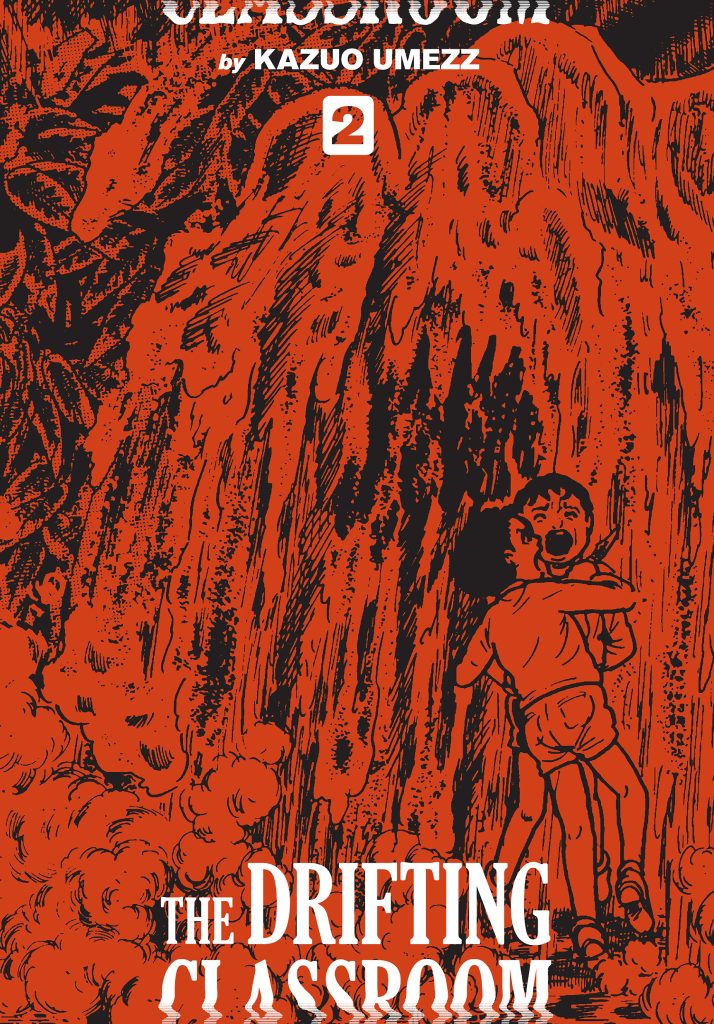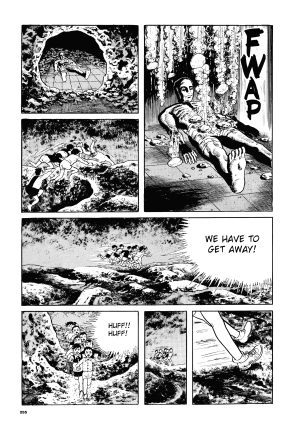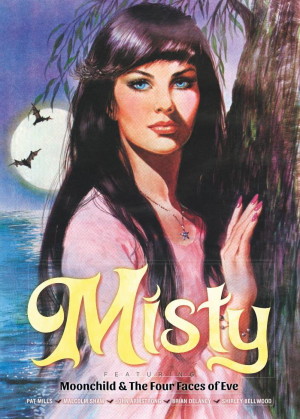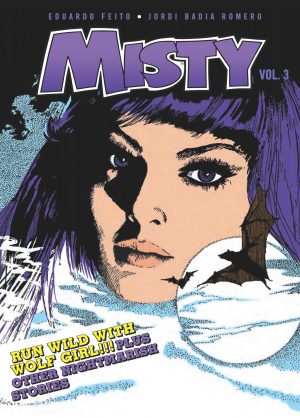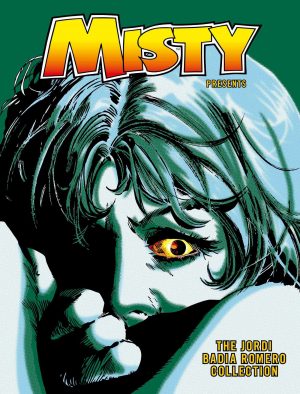Review by Diego Guerra
The Drifting Classroom 2 continues this extremely strange story of children from a Tokyo school transported to the future, thousands and thousands of years ahead, when humanity has disappeared and Earth is a dry and lifeless planet.
Kazuo Umezz continues to develop the survival problems these young children face, some becoming true heroes and others becoming genuine monsters in a situation completely escaping their control and with no apparent logic. Little Sho, now the children’s leader, must face unexpected antagonists. The villainous Sekiya is the only surviving adult, formerly driver of the school food truck, who goes from being a despot to mentally deficient, to then become an evil leader. Otomo, another child as brave as Sho, emerges as a dangerous rival.
Our protagonist Sho continues to maintain a strange and inexplicable bond with his mother, who is millions of years away from him. At a time when all the children are about to die from bubonic plague (the same as in the Middle Ages), Sho persuades his mother to help him obtain medicine to cure them. Achieving this, Sho’s mother is considered crazy by her husband, confronts a neighbour who blames her for the disappearance of her son, and, with the help of another friend of Sho’s, searches for a successful baseball player key to delivering the medicine to these lost children in the distant future.
This entire plot doesn’t make much sense, but the way it is told is incredibly moving because it speaks of a connection between mother and son overcoming an immeasurable barrier of time and space. And, in poetic terms, in terms of imagery, Drifting Classroom is a beautiful book, absolutely stunning. It is also a work that, when viewed from contemporary Western eyes, will seem politically incorrect, compared to the Japan of the 1970s when it was published. Nowadays, it would be practically unthinkable to have a story where children are put through such horrendous situations, in which many die, and others go insane.
Nevertheless, Umezz manages to pull through with this improbable story. This adventure created to be published as a serial in the 1970s sometimes extends beyond what is necessary given the success of its publication, and the editors’ request to lengthen it as much as possible. Unlike the first volume, here we can sense some weariness, a certain need to make the children suffer more and more, not always necessary for the plot to advance. However, the author knows how to narrate the story well enough to avoid boredom, to give life to the characters and create elements of personality that make them endearing.
It remains, in any case, a fascinating read and surely the best work of this singular author. The Drifting Classroom 3 concludes the series.
